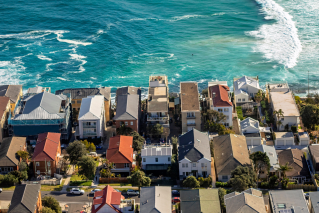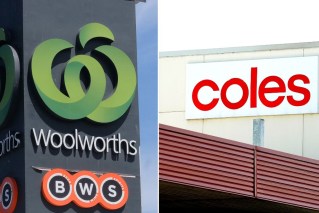Regulator reveals huge investment needed to reach net zero by 2050

Australia must invest at least $12.7 billion in the electricity grid as “urgently as possible” to get to net zero without raising the risk of higher energy prices, the energy regulator has warned.
In a highly anticipated report published on Thursday, the Australian Energy Market Operator (AEMO) mapped out the next 30 years of the electricity grid, including the mammoth investment required to deliver 100 per cent renewables as fossil fuel power stations continue closing.
It said Australia faces a generational opportunity to transform the power network, but warned the move from coal to renewables supported by storage (such as batteries and hydro) is also fraught with huge risks.
“Australia is experiencing a complex, rapid and irreversible energy transformation,” AEMO CEO Daniel Westerman said on Thursday.
The latest roadmap sees the regulator back its most ambitious scenario for the power grid, outlining what’s needed to meet a forecast 60 per cent increase in electricity demand by 2050.
This includes a four-fold increase in total generation capacity – including a nine-fold increase in solar and wind generation, a five-fold rise in rooftop solar, and a tripling of ‘firming’ like battery storage and hydro.
Grattan Institute energy program director Tony Wood said the cost of such investment is “eye watering”, but Australia must move forward urgently after more than a decade of policy inaction.
“We’re behind the eight ball,” Mr Wood told TND.
“It’s going to be a big job, and probably more expensive than we’d like to think, but because we’ve left it so long, we’ve got no choice.”
Electricity roadmap
The regulator said on Thursday that its most ambitious “step change” scenario for the energy grid is now most likely to happen, amid faster-than-anticipated closures of coal-fired power plants.
New generation will be needed to replace a 60 per cent fall in coal-fired power by 2030, while demand for electricity is tipped to double over the next three decades, heaping further pressure on the grid.
Supporting such a huge shift in the power market will require massive investment in transmission networks, AEMO said, with $12.7 billion worth of projects marked as “urgent” by the regulator on Thursday.
These include HumeLink, VNI West, Marinus Link, Sydney Ring and New England REZ transmission links – all of which are currently undergoing regulatory approval processes.
But AEMO said these projects account for just 7 per cent of the total needed investment in the national electricity market to achieve net zero by 2050, implying larger total costs in the hundreds of billions of dollars.
In total, more than 10,000 kilometres of extra transmission wires will need to be laid across the country.
Mr Westerman said such large-scale investment was needed to reduce the risk of a rocky transition, where power prices would rise substantially as fossil fuels start to exit the energy market.
Faster shift to renewables
Experts reacted positively to the roadmap on Thursday, saying AEMO’s plan acknowledged the need for a faster transition to renewables and earlier closures of fossil fuel power stations.
But Environment Victoria CEO Jono La Nauze said although the roadmap delivered a “more realistic timeline for rapidly shifting to clean renewable power”, it still wasn’t ambitious enough to meet Paris Agreement goals of “averting catastrophic climate change”.
“Each time this roadmap is updated the market operator shows that the shift to renewables is happening quicker than they previously thought,” Mr Nauze said.
Mr Wood said the roadmap will also need to be flexible over the next three decades as Australia charts its path to net zero, noting key pieces are still missing.
This includes a co-ordinated national decarbonisation objective, he said.
Such an objective would require each state and territory to agree on carbon limits for power generators.
“If we want to make this transition smooth, we do need energy ministers – all of them – to agree on a common objective for reducing emissions in the electricity system,” Mr Wood said.
“If they all agreed that we had a target to reduce emissions in the NEM [national electricity market] by X per cent by 2030 and 2035, that would then mean AEMO could just adjust.”








